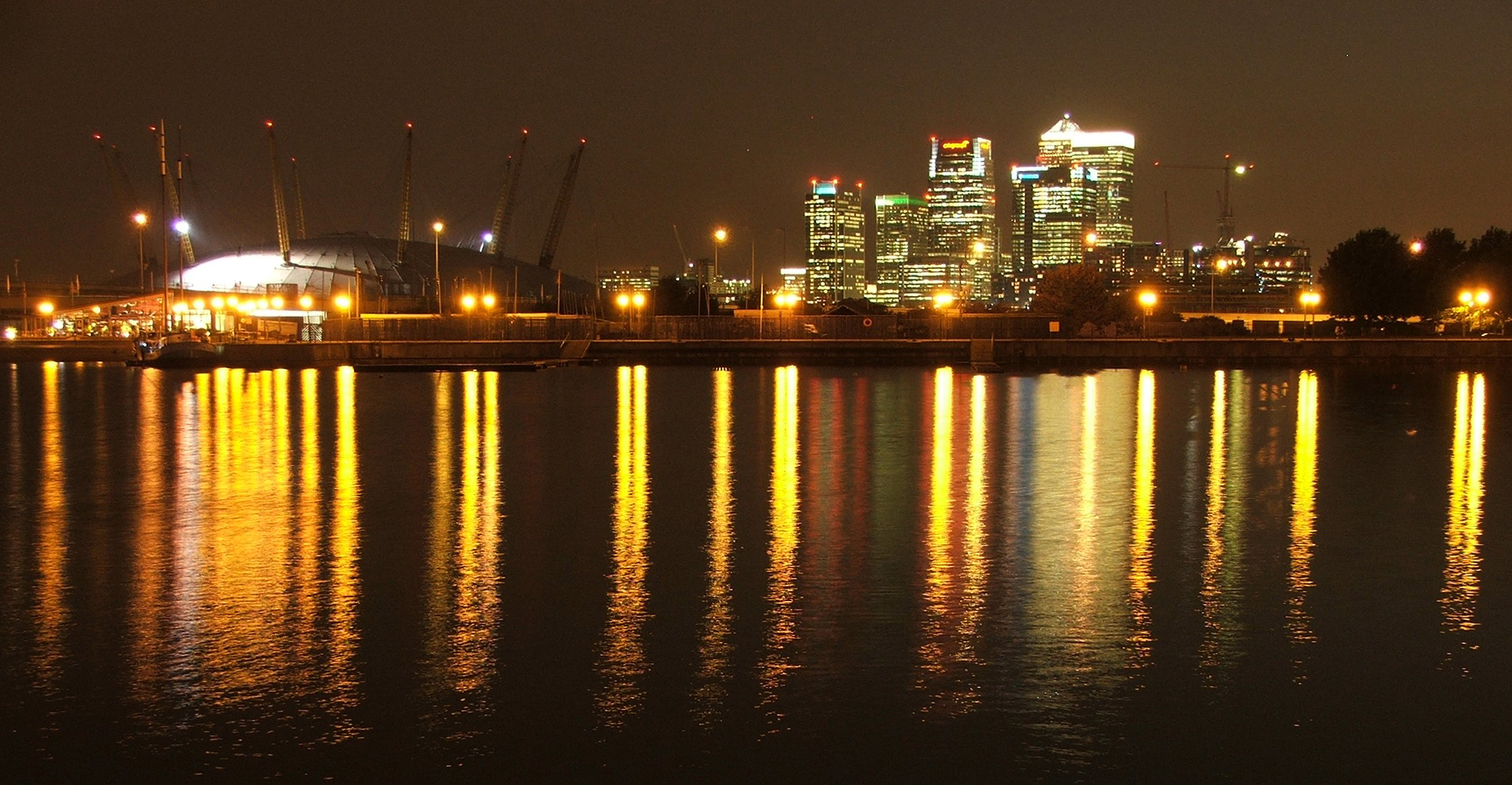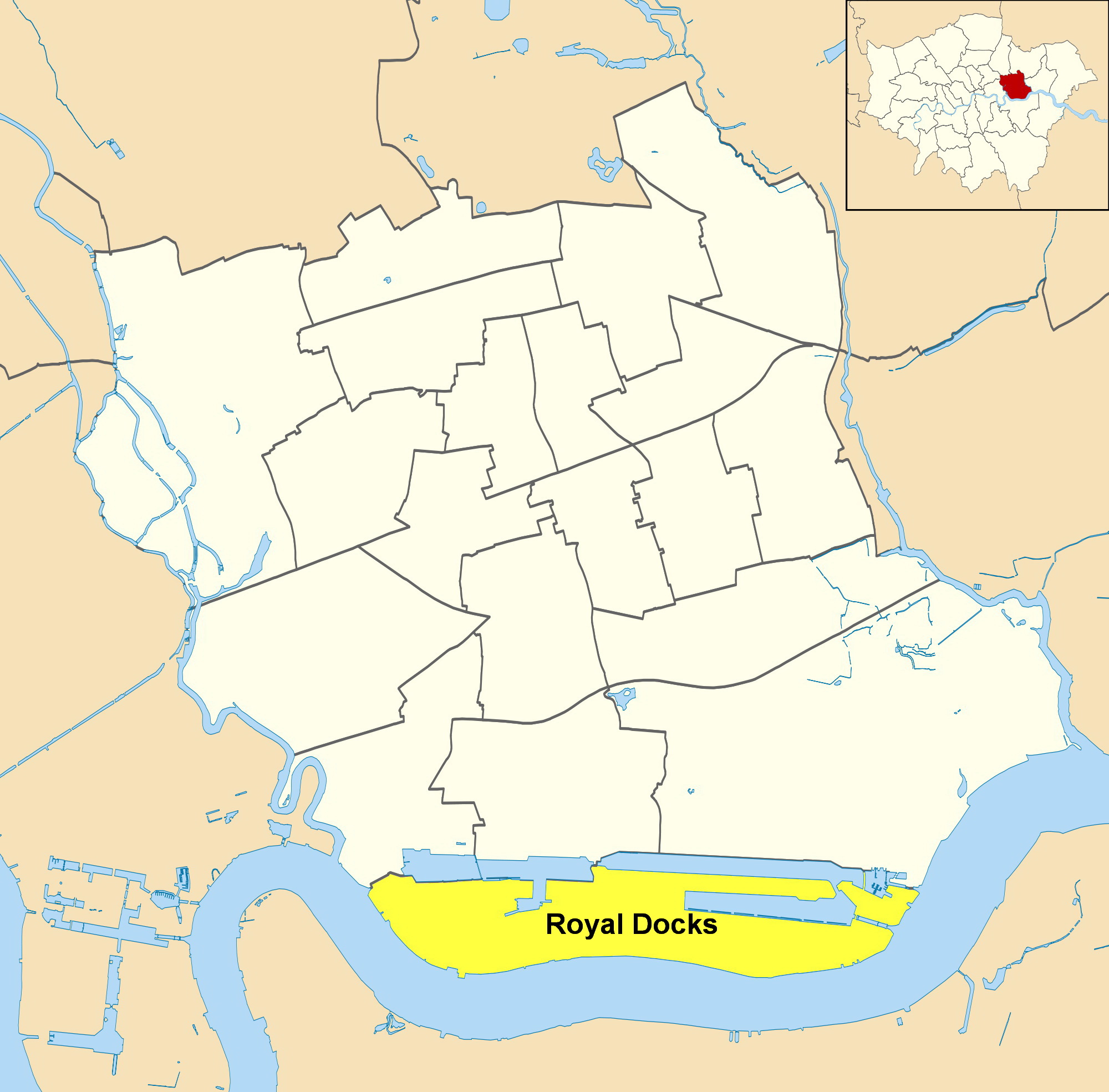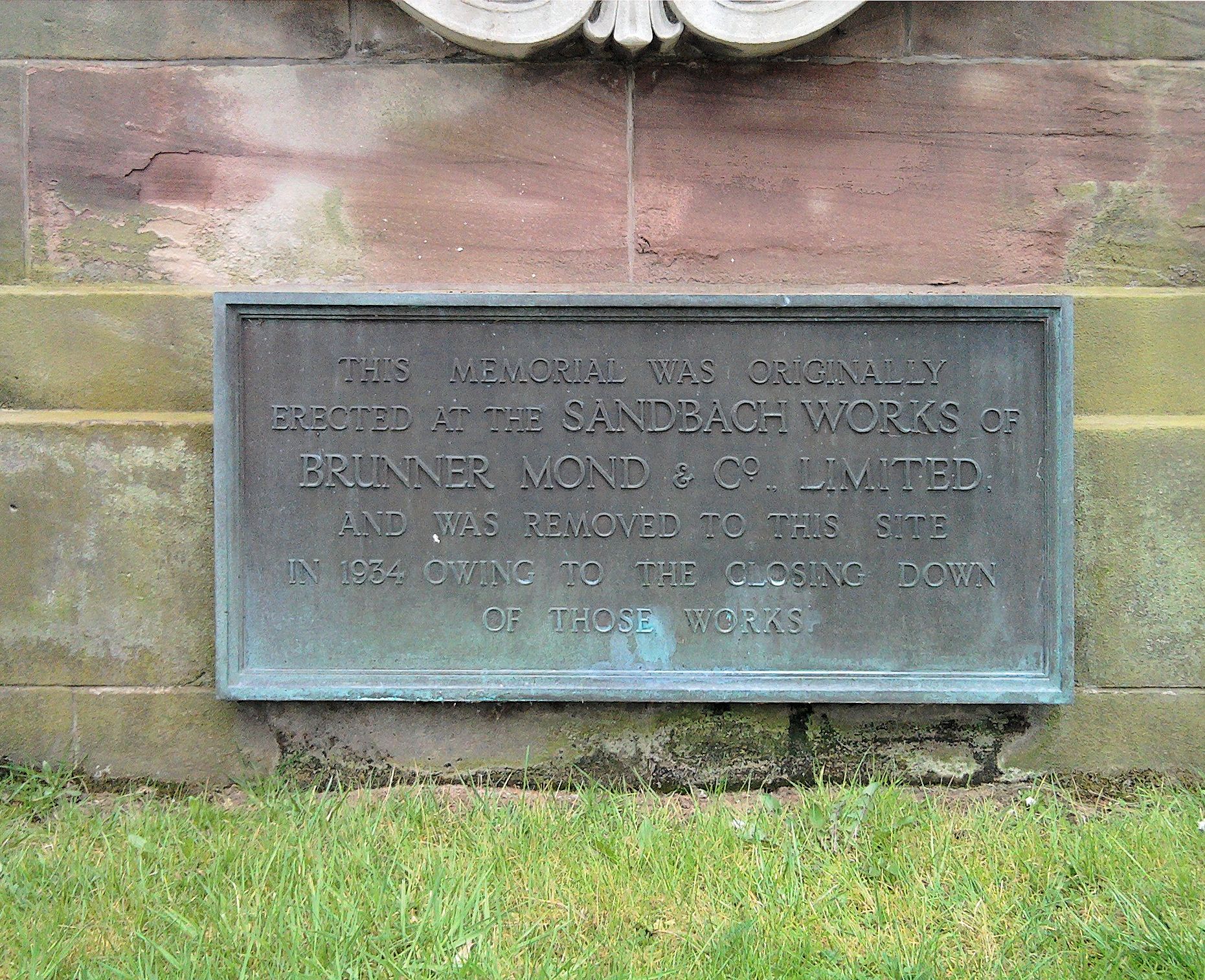|
Silvertown
Silvertown is a district in the London Borough of Newham, in east London, England. It lies on the north bank of the Thames and was historically part of the parishes of West Ham and East Ham, hundred of Becontree, and the historic county of Essex. Since 1965, Silvertown has been part of the London Borough of Newham, a local government district of Greater London. It forms part of the London E16 postcode district along with Canning Town and Custom House. The area was named after the factories established by Stephen William Silver in 1852, and is now dominated by the Tate & Lyle sugar refinery and the John Knight ABP animal rendering plant. A £3.5billion redevelopment of part of the district was approved in 2015. History In 1852 S.W. Silver & Company moved to the area from Greenwich and established a rubber works, originally to make waterproof clothing. This subsequently developed into the works of the India Rubber, Gutta Percha and Telegraph Works Company, which c ... [...More Info...] [...Related Items...] OR: [Wikipedia] [Google] [Baidu] |
Silvertown Explosion
The Silvertown explosion occurred in Silvertown in West Ham, Essex (now part of the London Borough of Newham, in Greater London) on Friday, 19 January 1917 at 6:52 pm. The blast occurred at a munitions factory that was manufacturing explosives for Britain's First World War military effort. Approximately of trinitrotoluene (TNT) exploded, killing 73 people and injuring 400 more, as well as causing substantial damage in the local area. This was not the first, last, largest, or the most deadly explosion at a munitions facility in Britain during the war; an explosion at Faversham involving of TNT killed 105 in 1916, and the National Shell Filling Factory, Chilwell, exploded in 1918, killing 137. Operations The factory was built in 1893 on the south side (River Thames side) of North Woolwich Road (now the A1020, nearly opposite Mill Road) by Brunner Mond, a forerunner of Imperial Chemical Industries, to produce soda crystals and caustic soda. Production of caustic so ... [...More Info...] [...Related Items...] OR: [Wikipedia] [Google] [Baidu] |
Silvertown Quays
Silvertown Quays is a redevelopment scheme of of former London docklands warehousing in the East London district of Silvertown. It is situated on the northside of the River Thames, the southside of the Royal Victoria Dock on the opposite quay to ExCeL exhibition centre, and immediately west of London City Airport. Background The Royal Docks are situated to the east of the City of London, at the intersection of the Thames Gateway and the London – Stansted – Cambridge growth corridor. They lie within the London Borough of Newham's "Arc of Opportunity", identified as a £22Bn development opportunity which runs from Stratford down the River Lea to its entry to the River Thames. Royal Victoria Dock Development Opened in 1855 on a previously uninhabited area of the Plaistow Marshes, it was the first of the Royal Docks and the first London dock to be designed specifically to accommodate large steam ships. It was also the first to use hydraulic power to operate its machine ... [...More Info...] [...Related Items...] OR: [Wikipedia] [Google] [Baidu] |
India Rubber, Gutta Percha And Telegraph Works Company
The India Rubber, Gutta Percha and Telegraph Works Company was a London-based company based in Silvertown, East London. It was founded by Stephen William Silver in March 1864 as Silver's Indiarubber Works and Telegraph Cable Company Ltd. However in July that year the name was changed to the India Rubber, Gutta Percha and Telegraph Works Company. Origins S.W. Silver & Company had been doing business since the 18th century supplying colonial and army needs for clothing and acting as shipping agents for personnel traveling overseas. After Charles Macintosh developed waterproofing for fabric the company set up a factory at Greenwich for manufacture of such goods. After that factory began manufacture of insulated wire and cable the factory was moved across the Thames to North Woolwich and continued to expand with much of the local population employed in the works and the area becoming known as Silvertown. Before becoming a limited company the manufacture of cable had been restricted t ... [...More Info...] [...Related Items...] OR: [Wikipedia] [Google] [Baidu] |
St Mark's Church, Victoria Docks
St Mark's Church, Silvertown or St Mark's Church, Victoria Docks is a former church building in Silvertown in east London, located on North Woolwich Road. It takes one of its names from the nearby Royal Docks. It was listed as Grade II* in 1971 and now houses the Brick Lane Music Hall. History Construction The church was founded as a joint church and school, housed in an iron building and opened in 1857. Samuel Sanders Teulon was taken on as the designer of a permanent church, which opened in 1862 and was promoted to a separate parish two years later, taking parts of Woolwich (centred on St Mary Magdalene Woolwich on the opposite bank of the Thames) and East Ham. The docks' manager Charles Capper was allowed to nominate the first vicar, but after that the bishop of London (or after 1884 the Corporation of the City of London) was made the parish's patron. St Mark's also founded mission churches at St Matthew's, Custom House in 1860, which was later transferred to St Luke's C ... [...More Info...] [...Related Items...] OR: [Wikipedia] [Google] [Baidu] |
Tate & Lyle
Tate & Lyle PLC is a British-headquartered, global supplier of food and beverage ingredients to industrial markets. It was originally a sugar refining business, but from the 1970s it began to diversify, eventually divesting its sugar business in 2010. It specialises in turning raw materials such as corn and tapioca into ingredients that add taste, texture, and nutrients to food and beverages. It is listed on the London Stock Exchange and is a constituent of the FTSE 250 Index. History Sugar refining The company was formed in 1921 from a merger of two rival sugar refiners: ''Henry Tate & Sons'' and ''Abram Lyle & Sons''. Henry Tate established his business in 1859 in Liverpool, later expanding to Silvertown in East London. He used his industrial fortune to found the Tate Institute in Silvertown in 1887 and the Tate Gallery in Pimlico, Central London in 1897. He endowed the gallery with his own collection of Pre-Raphaelite paintings. Abram Lyle, a cooper and shipow ... [...More Info...] [...Related Items...] OR: [Wikipedia] [Google] [Baidu] |
Canning Town
Canning Town is a district in the London Borough of Newham, East London. The district is located to the north of the Royal Victoria Dock, and has been described as the "Child of the Victoria Docks" as the timing and nature of its urbanisation was largely due to the creation of the dock. The area was part of the ancient parish of West Ham, in the hundred of Becontree, and part of the historic county of Essex. It forms part of the London E16 postcode district. The area, the location of the Rathbone Market, is undergoing significant regeneration . According to Newham Council: "The Canning Town and Custom House Regeneration Programme includes the building of up to 10,000 new homes, creation of thousands of new jobs and two improved town centres. This £3.7 billion project aims to transform the area physically, socially and economically." History Prior to the 19th century, the district was largely marshland, and accessible only by boat, or a toll bridge. In 1809, an Act o ... [...More Info...] [...Related Items...] OR: [Wikipedia] [Google] [Baidu] |
Royal Docks
Royal Docks is an area and a ward in the London Borough of Newham in the London Docklands in East London, England. The area is named after three docks – the Royal Albert Dock, the Royal Victoria Dock and the King George V Dock. They are more correctly called the Royal Group of Docks to distinguish them from the Royal Dockyards, Royal being due to their naming after members of the royal family rather than Crown ownership. The three docks collectively formed the largest enclosed docks in the world, with a water area of nearly and an overall estate of . This is equivalent to the whole of central London from Hyde Park to Tower Bridge. The area was designated a special enterprise zone in 2012. North Woolwich is part of Royal Docks ward. Royal Docks is also a ward of the London Borough of Newham. At the 2011 Census it had a population of 10,679. History The three docks were completed between 1855 and 1921 on riverside marshes in East Ham and West Ham (now the London Boro ... [...More Info...] [...Related Items...] OR: [Wikipedia] [Google] [Baidu] |
London Borough Of Newham
The London Borough of Newham is a London borough created in 1965 by the London Government Act 1963. It covers an area previously administered by the Essex county boroughs of West Ham and East Ham, authorities that were both abolished by the same act. The name Newham reflects its creation and combines the compass points of the old borough names. Situated in the East London part of Inner London, Newham has a population of 387,576, which is the third highest of the London boroughs and also makes it the 17th most populous district in England. The local authority is Newham London Borough Council. It is east of the City of London, north of the River Thames (the Woolwich Ferry and Woolwich foot tunnel providing the only crossings to the south), bounded by the River Lea to its west and the North Circular Road to its east. Newham was one of the six host boroughs for the 2012 Summer Olympics and contains most of the Olympic Park including the London Stadium, and also contains the Lo ... [...More Info...] [...Related Items...] OR: [Wikipedia] [Google] [Baidu] |
Tata Chemicals Europe
Tata Chemicals Europe (formerly Brunner Mond (UK) Limited) is a UK-based chemicals company that is a subsidiary of Tata Chemicals Limited, itself a part of the India-based Tata Group. Its principal products are soda ash, sodium bicarbonate, calcium chloride and associated alkaline chemicals. History The original company was formed as a partnership in 1873 (becoming a limited company in 1881) by John Brunner and Ludwig Mond. They built Winnington Works in Northwich, Cheshire and produced their first soda ash in 1874. In 1911 it acquired soap and fat manufacturer Joseph Crosfield and Sons and Gossage, another soap company that owned palm plantations. A few years later it sold the soap and chemical businesses to Unilever. In 1917, the company's trinitrotoluene (TNT) factory in Silvertown, London exploded having caught fire. In 1924 Brunner Mond acquired the Magadi Soda Company of Kenya and in 1926 Brunner Mond was one of the four main companies – along with British D ... [...More Info...] [...Related Items...] OR: [Wikipedia] [Google] [Baidu] |
Submarine Communication Cable
A submarine communications cable is a cable laid on the sea bed between land-based stations to carry telecommunication signals across stretches of ocean and sea. The first submarine communications cables laid beginning in the 1850s carried telegraphy traffic, establishing the first instant telecommunications links between continents, such as the first transatlantic telegraph cable which became operational on 16 August 1858. Subsequent generations of cables carried telephone traffic, then data communications traffic. Modern cables use optical fibre technology to carry digital data, which includes telephone, Internet and private data traffic. Modern cables are typically about in diameter and weigh around for the deep-sea sections which comprise the majority of the run, although larger and heavier cables are used for shallow-water sections near shore. Submarine cables first connected all the world's continents (except Antarctica) when Java was connected to Darwin, Northern Terri ... [...More Info...] [...Related Items...] OR: [Wikipedia] [Google] [Baidu] |
Custom House, Newham
Custom House is an area in the London Borough of Newham, in East London, England. The area is named after the custom house of Royal Victoria Dock. Today the dock is used for recreation but, in the past, it dominated the industry and commerce of the area from 1855 until the 1940s before closing in 1980. The main economic building of the area is the ExCeL London Exhibition Centre and the district is connected to the City of London by the Docklands Light Railway. Offices, factories and storage premises close to the DLR route provide most of the areas employment land. Schools, a college, a care home, council offices and a parade of shops also support the local economy, which has parks to north and south-east. It was originally part of the ancient parish and County Borough of West Ham, in the hundred of Becontree, a part of the historic county of Essex. Since 1965, Custom House has been part of the London Borough of Newham, a local government district of Greater London. It forms ... [...More Info...] [...Related Items...] OR: [Wikipedia] [Google] [Baidu] |
West Ham
West Ham is an area in East London, located east of Charing Cross in the west of the modern London Borough of Newham. The area, which lies immediately to the north of the River Thames and east of the River Lea, was originally an ancient parish formed to serve parts of the older Manor of Ham, and it later became a County Borough. The district, part of the historic county of Essex, was an administrative unit, with largely consistent boundaries, from the 12th century to 1965, when it merged with neighbouring areas to become the western part of the new London Borough of Newham. The area of the parish and borough included not just central West Ham area, just south of Stratford; but also the sub-districts of Stratford, Canning Town, Plaistow, Custom House, Silvertown, Forest Gate and the western parts of Upton Park, which is shared with East Ham. The district was historically dependent on its docks and other maritime trades, while the inland industrial concentrations led ... [...More Info...] [...Related Items...] OR: [Wikipedia] [Google] [Baidu] |








